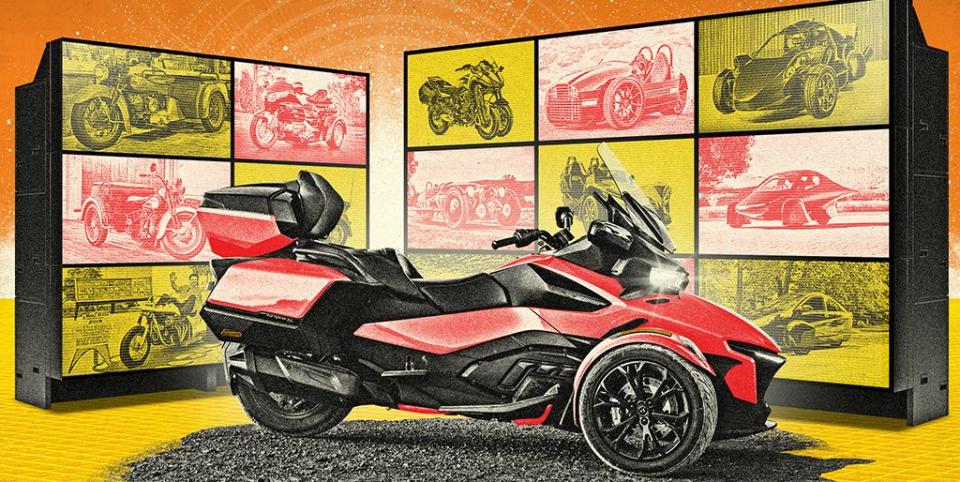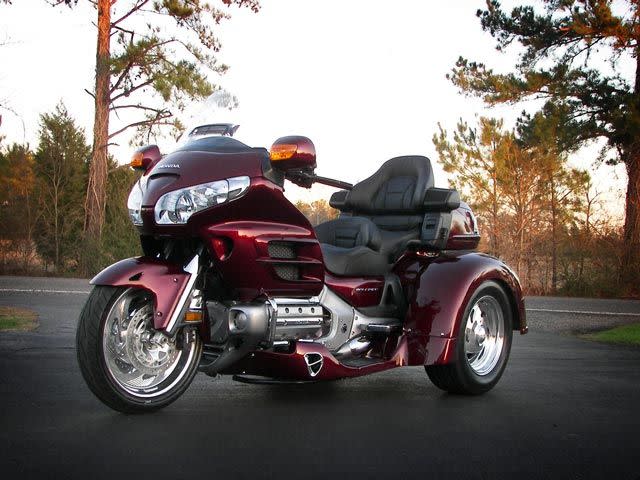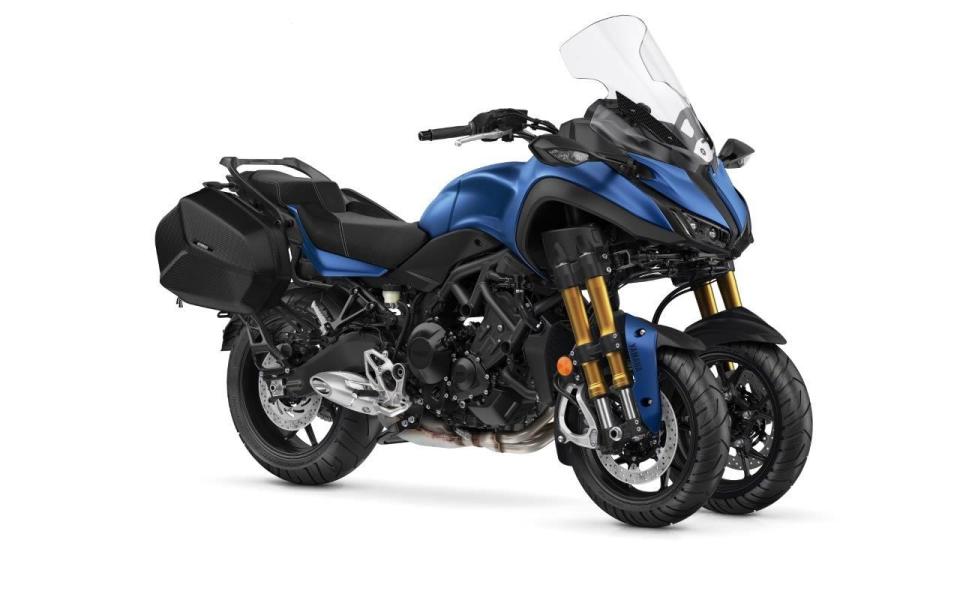Which 3 Wheeler Fits Your Style?

In 2007, BRP put its three-wheeled Can-Am Spyder on the market and sold 2500 units in the U.S. By 2015, it had sold 1 million units globally. In 2017, it estimated the U.S. three-wheel industry to be good for approximately 40,000 sales a year, and that industry includes competition from historic names like Harley-Davidson and Morgan. Some bikers scoff at the three-legged mechanical portmanteau called an autocycle, but they're here to stay; in 2020, BRP more than doubled its 2019 volume in the U.S.
Maybe you're considering joining the growing crowd but aren't sure which saddle to throw a leg over, here is a brief history of three-wheelers and the people who love them.
The Forebears
Indian Dispatch-Tow: Indian created its three-wheeler to help a Packard automobile dealer who didn’t want to send two mechanics to deliver customer cars; he needed something a single mechanic could tow behind the customer’s car, then ride back to the shop. The Dispatch-Tow went on sale in 1931 with a 45-cubic-inch V-twin and a claimed top speed of 65 miles per hour. Produced intermittently until 1952, they’re usually found in museums or rotting in barns. Dispatch-Tow owners are inclined to bushy mustaches and riding in loafers. They also own an Airedale named “Champ,” and a bank.
Harley-Davidson Servi-Car: Trying to outdo Indian as well as lure buyers during the Great Depression, Harley created the Servi-Car in 1932. The 45-cubic-inch, 24-hp three-wheeler was instantly successful, toiling as utility vehicles for 41 years for everyone from the military to drug store delivery boys. Servi-Car aficionados own at least one leather hat, a drawer full of black concert T-shirts, the “Band of Brothers” box set, and a period-correct costume—maybe policeman, maybe ice-cream man—to match a Servi-Car livery.
VW Trike: Hot rod legend and “Rat Fink” father Ed “Big Daddy” Roth turned a Servi-Car into the VW Trike by bolting a set of Honda forks and a seat to the 36-hp engine and rear end of a 1957 Beetle. Roth inspired a ton of copycats, the resulting horde of flamboyantly customized Wacky Races trikes hooking Elvis and Hells Angels. VW Trike riders have at least three leather vests, pasts they won’t talk about to strangers, a Full Metal Jacket DVD, and a wooden bat or a crowbar christened with names we can’t print.
The Reboots

Lehman, Motor Trike, and Roadsmith Trikes: Instead of turning a Beetle drivetrain into a three-wheeler, these companies started with the front end of a motorcycle and created kits to add a two-wheeled rear end. Lehman is no more, but Motor Trike and Roadsmith still convert tourers and cruisers produced by the major moto brands. The modern equivalent of owning a Bricklin kit car in the 1970s, owners keep shelves full of Yacht Rock CDs, are adored by their nieces and nephews, and have a backyard grill that costs as much as a good used car.
Harley-Davidson Tri-Glide and Freewheeler: Harley returned to the trike fray in 2009 with its Tri-Glide models. Available with a 114- or 117-cubic-inch V-twin and up to 125 pound-feet of torque, the Tri-Glide yokes a Street Glide-looking front end to a living room sectional. The Freewheeler debuted in 2015 with cruiser looks and “mini ape hanger” handlebars. Aimed at those seeking the Harley experience without having to keep 800 pounds upright, owners have easy manners, a ton of dad jokes, excellent prescription drug benefits, leather chaps over acid-wash denim, iron butts betrayed by back and knee pain, and friends who ride the two-wheelers these trikes are based on.
The Outsider


 Yahoo Autos
Yahoo Autos 